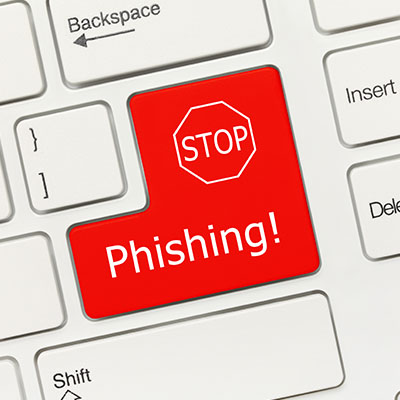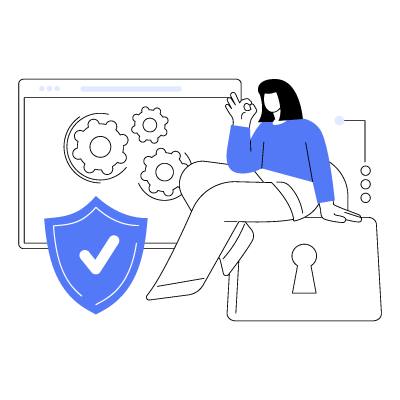We talk a lot about phishing on this blog, and for good reason. It makes up a significant portion of today’s cyberthreats, irrespective of size or industry. Today, we want to highlight how your business can protect itself from phishing attacks and keep their impacts to a minimum. We’ll dive into some details about phishing schemes and the solutions you can implement to keep your business safe.
Ransomware is not just a business problem; it is also a consumer and user problem. While it might lock down your business’ files and make them inaccessible, there is also the possibility that the cybercriminals will steal and sell the data on the black market rather than safely return it. What happens to users who have had their data stolen during a ransomware attack?
If your organization is fortunate enough to have an internal IT department, it’s likely that they are managing a complex infrastructure on top of being understaffed and overworked. We’re not knocking your business or anything; it’s just the nature of the work and the reality of SMBs (trust us, we’d know). We can make managing your technology significantly easier and less of a pressure on your IT workers.
Secure and reliable file sharing has become essential for businesses. It makes collaboration, communication, and better productivity possible. With the increasing prevalence of cyberthreats, however, having a comprehensive plan to ensure the security of your files in transport is extremely important. Let’s explore some of the best practices for secure business file sharing.
All businesses use technology to varying degrees, typically to improve operations or offer innovation through a service or product. SMBs often benefit from the increased use of technology in the business world, as it’s generally quite effective at solving their problems and accessible enough that even companies on a budget can afford it. Let’s look at some opportunities your own business might have in 2024.
Today, cybersecurity responsibility extends beyond the IT department; it’s now everyone’s concern. Experiencing a hack can be deeply unsettling, leaving you feeling vulnerable and uncertain about what steps to take next. This short guide aims to assist you by outlining the necessary actions to take post-hack, along with practical cybersecurity advice and measures to help you strengthen your defenses. Let’s transform this stressful situation into an opportunity to learn and fortify your cyber resilience.
Cybersecurity attacks happen when you least expect it, and data is often more susceptible to a cyberattack while it’s moving from one individual to another. This is what is commonly known as a man-in-the-middle attack, or MitM. Essentially, data gets intercepted while it’s in transit—but what can you really do to stop it? Let’s find out.
Utilizing a form to gather data for your business offers myriad benefits, including insights into customer impressions, service needs, and employee feedback for collaborative decision-making. However, the challenge arises when it’s time to consolidate responses—unless you’re proficient with the available tools.
The second you hear “audit,” your brain likely goes into damage control mode. However, the purposes of an audit are not necessarily malicious. In fact, they can be remarkably beneficial for a number of reasons, including network security. A good audit can help your business stay secure from threats and vulnerabilities.
The four-day workweek is gaining traction among small businesses. It promises improved efficiency and increased employee satisfaction… but how can technology enhance this model? How can it help businesses reap the full benefits of a shorter workweek?
- 1
- 2










